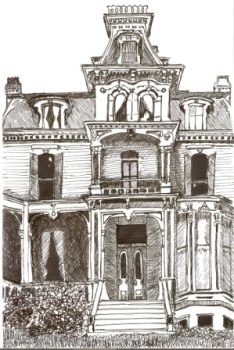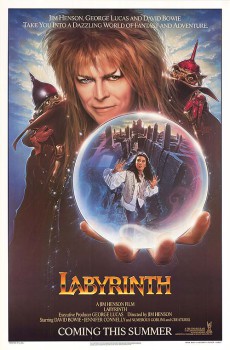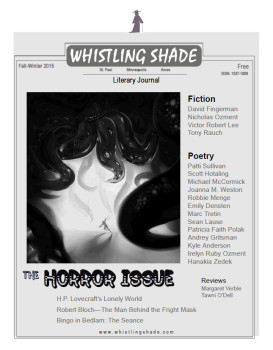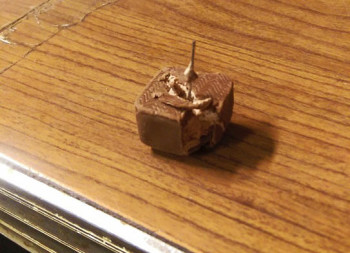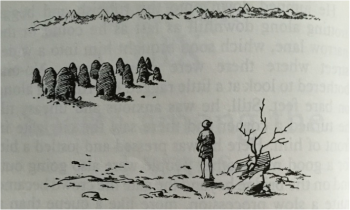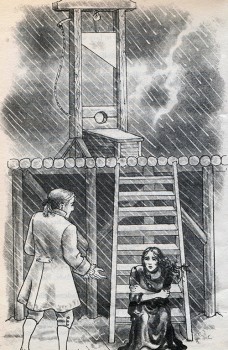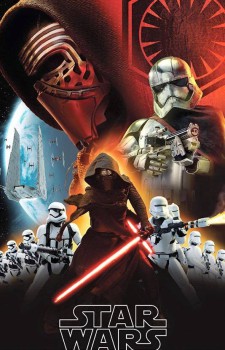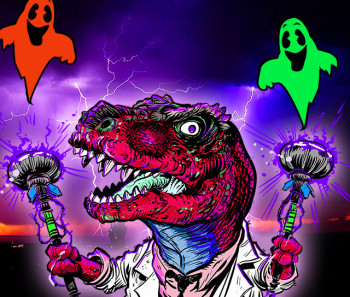Fellowship of the Pathfinders: The Importance of Party Dynamic in Fantasy Adventure
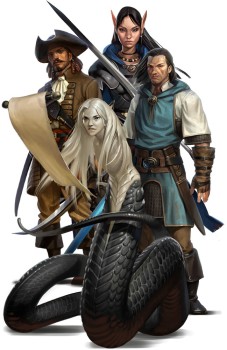
I bought my first Pathfinder novel after reading about it here in a New Treasures post. Howard Andrew Jones’s Stalking the Beast just looked like a lot of fun. Hunting down a big scary monster? Okay, cool. And I’m a sucker for half-orcs. The potential dynamic of a half-elven ranger and a half-orc barbarian working together grabbed me — in fact, I don’t think I ever ran a D&D campaign that didn’t have something like that combination in the mix.
As I described in my review here at Black Gate, I was pleasantly surprised by how much fun the book was — I found myself not wanting to put it down: an experience I was not primed to expect from previous RPG adaptations I’ve read. It delivered the sort of entertainment I am hoping for when I crack open an RPG-themed book, and it was very well written just in general terms as a fantasy novel. Well plotted; good world building; but most importantly, great characters. The dialogue was just as entertaining to read as the action set-pieces.
I subsequently read two of Tim Pratt’s books for Paizo Publishing, and then I went back to Jones’s first contribution to the series. All four of the books impressed me, which left me wondering: is it just because I’m a fan of Jones and Pratt? I mean, these are good writers (a critic more dismissive of “tie-in” literature might have uncharitably suggested they were just “slumming,” writing for a game publisher’s bi-monthly novel line). Were these books the exception, or are Pathfinder novels routinely this level of quality?

